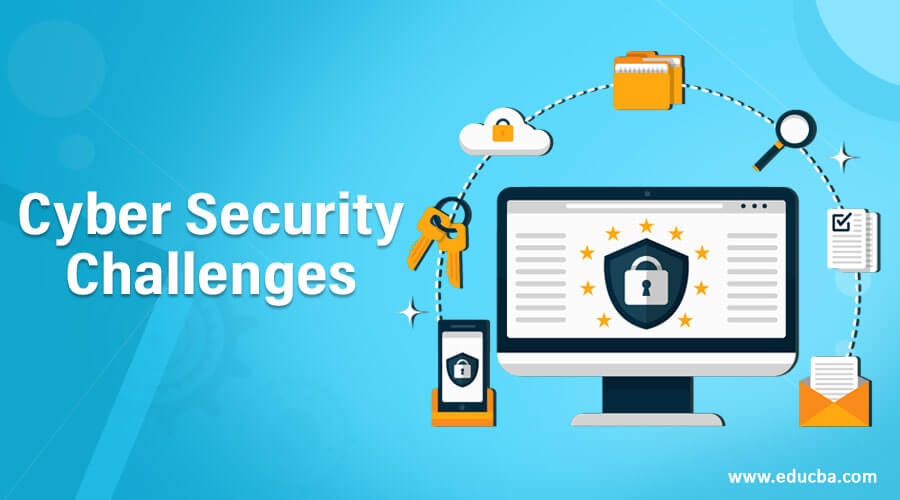Top 5 Challenges of Cyber Security in 2021
Individuals, businesses, and governments are all concerned about cyber security. Keeping our data safe in a world when everything is on the internet, from cute kitten videos to our vacation diaries to our credit card information, is one of the most difficult tasks of Cyber Security. Ransomware, phishing assaults, malware attacks, and other cyber security threats are just a few examples. India is ranked 11th in the world in terms of local cyber-attacks, with 2,299,682 instances reported in the first quarter of 2020.
We've produced a list of the top 5 biggest Cyber Security problems in 2020 for you to secure your personal and professional data from any potential threats in this article.
The following are some of the most common cyber-attacks:
1.Attacks by ransomware
2.Attacks against the Internet of Things
3.Attacks from the clouds
4.Attacks through phishing
5.Attacks on the blockchain and cryptocurrencies
1.Ransomware attacks
Ransomware attacks have grown in popularity in recent years, and in 2020, they will be one of India's most significant Cyber Security threats. According to the cyber security firm Sophos, ransomware has infected 82 percent of Indian businesses in the previous six months. Ransomware attacks entail gaining access to a user's data and prohibiting them from using it until a ransom is paid. Ransomware attacks are dangerous for individual users, but they're much more dangerous for organisations who can't access the data they need to conduct their day-to-day operations. In most ransomware assaults, however, the attackers refuse to release the data even after payment is received, instead attempting to extort more money.
2.IOT attacks
According to IoT Analytics, by 2021, there will be approximately 11.6 billion IoT devices. IoT devices are computing, digital, and mechanical devices that can transmit data autonomously over a network. Desktops, laptops, mobile phones, smart security devices, and other IoT devices are examples. As the adoption of IoT devices grows at an unprecedented rate, so do the cyber security challenges. Attacking IoT devices can expose sensitive user data. Safeguarding IoT devices is one of the most difficult challenges in Cyber Security, as gaining access to these devices can allow other malicious attacks to take place.
3,CLOUD attacks
Cloud services are used by the majority of people nowadays for both personal and professional purposes. In addition, one of the issues in Cyber Security for businesses is hacking cloud-platforms to steal customer data. The infamous iCloud breach, which disclosed private images of celebrities, is well-known. If an attack on enterprise data is carried out, it might pose a serious threat to the firm and perhaps lead to its demise.
4,PHISHING attacks
Phishing is a type of social engineering assault that is frequently used to obtain sensitive information from users, such as login credentials and credit card details. Unlike ransomware attacks, the hacker does not block confidential user data after obtaining access to it. Instead, they exploit it for their own gain, such as internet shopping and money laundering. Phishing attacks are common among hackers because they can use the victim's data until the user notices. Phishing assaults continue to be a key Cyber Security concern in India, as the population is unfamiliar with handling sensitive information.
5,BLOCKCHAIN and CRYPTOCURRENCY attacks
While the terms blockchain and cryptocurrency may be unfamiliar to the ordinary internet user, they are extremely important to businesses. As a result, attacks on these frameworks represent significant issues for enterprises in terms of Cyber Security, as they might endanger client data and business processes. These technologies have progressed beyond their infancy stage, but they have not yet reached a secure advanced state. As a result, various attacks have occurred, including DDOS, Sybil, and Eclipse, to mention a few. Organizations must be aware of the security risks associated with these technologies and ensure that no security gaps exist for intruders to exploit.

Comments
Post a Comment